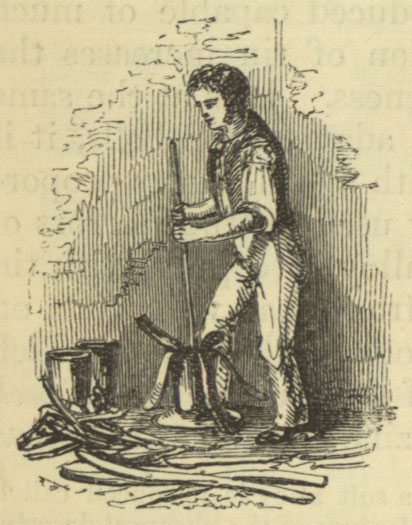The Origins of the Brass Industry in the Midlands and Birmingham
Caption: Image of a brassworker with a crucible from The Useful Arts and Manufactures of Great Britain, second part (London, SPCK, nd). Brass was originally made by cementing copper, calamine (zinc ore) and charcoal in a crucible to a red hot heat. Brass was formed when the spelter (zinc metal) and copper combined at the bottom of the crucible leaving slag behind. By the 19th century brass was manufactured by the direct fusion of copper and zinc. Zinc was melted in crucibles and copper was added to it. The two metals fused into an alloy. This in turn was allowed to cool, broken up and melted with an additional quantity of zinc.
[Image from: Birmingham Central Library, Science and Technology]
2. The Origins of the Brass Industry in the Midlands and Birmingham
Early in 1700 an ancestor of Abraham Darby (of Coalbrookdale) and a Mr Lloyd (an ancestor of the founder of Lloyd’s Bank) established a brass works at the Baptist Mill on the River Frome near Bristol. Similar works grew along the river Avon, at Keynsham, Kelson, Salford, Weston and Warmley, all under the control of Joseph Loscombe and the Brass Works Company. Less than 20 years later the Cheadle Copper and Brass Company erected a smelting works at Bank Quay, Warrington. The first entry in the account book is said to read “Paid for ale to men digging foundations”.
In 1719 The Cheadle Copper and Brass Company at Cheadle, Cheshire was established with calamine stone being carried on the backs of mules from Derbyshire. According to a local ironmaster more than 30,000 individuals were employed in the brass trade in 1721.
Until the last quarter of the eighteenth century Bristol dominated the brass industry. It was both close to the raw materials – calamine from the Mendips, and copper from Cornwall – and there was a sufficient water supply to provide power. Bristol was also a major port, and its prominent role in the slave trade involved the brass industry. Wares, known “as guinea kettles” were taken to West Africa as part of the goods used for barter by slave traders.
Birmingham’s toy trade (items such as buttons, buckles, sugar, tongs etc.) required high copper alloys, pinchbeck and tombac. In 1738, William Champion of Bristol patented a method of producing zinc from calamine by the process of distillation, and this, together with further technical developments meant that the importation of foreign brass declined rapidly and Birmingham was taking a large amount of the sheet brass and ingots from Champions Brass Works.
By the time that Queen Victoria came to the throne in 1837, Birmingham had become the centre of the brass industry. The main factors were innovative practices, workforce skills, high demand and entrepreneurship. The social dimension of the industry is part of the history of Birmingham’s brass trade. Aspects include the organisation of the workforce, working practices and conditions and trade unionism.
« Previous in this sectionNext in this section »Continue browsing this section
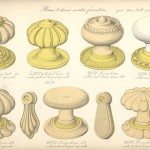 The Brass Industry and Brass Workers in Birmingham
The Brass Industry and Brass Workers in Birmingham
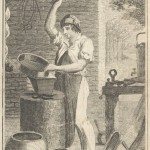 The Early Brass Trade
The Early Brass Trade
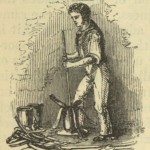 The Origins of the Brass Industry in the Midlands and Birmingham
The Origins of the Brass Industry in the Midlands and Birmingham
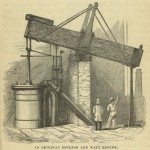 Innovation in the Midlands Brass Industry
Innovation in the Midlands Brass Industry
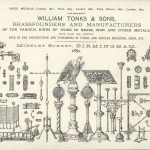 Brassworking Skills in Birmingham
Brassworking Skills in Birmingham
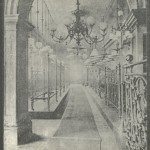 Demand for Birmingham Brass in Britain and Abroad
Demand for Birmingham Brass in Britain and Abroad
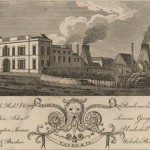 Entrepreneurship 1: Birmingham Brassfounders and the Building of the Brass House
Entrepreneurship 1: Birmingham Brassfounders and the Building of the Brass House
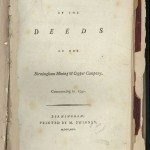 Entrepreneurship 2: The Birmingham Metal Company and The Birmingham Mining and Copper Company
Entrepreneurship 2: The Birmingham Metal Company and The Birmingham Mining and Copper Company
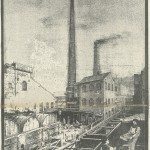 The Organisation of the Birmingham Workforce
The Organisation of the Birmingham Workforce
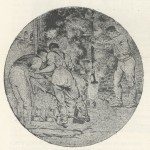 Working Practices and Conditions in the Birmingham Brass Industry
Working Practices and Conditions in the Birmingham Brass Industry
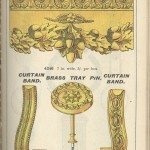 Trades Unions
Trades Unions
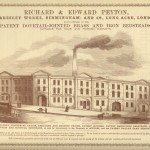 Conclusion: Further Investigation
Conclusion: Further Investigation
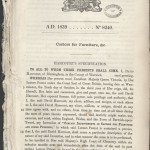 Glossary
Glossary



